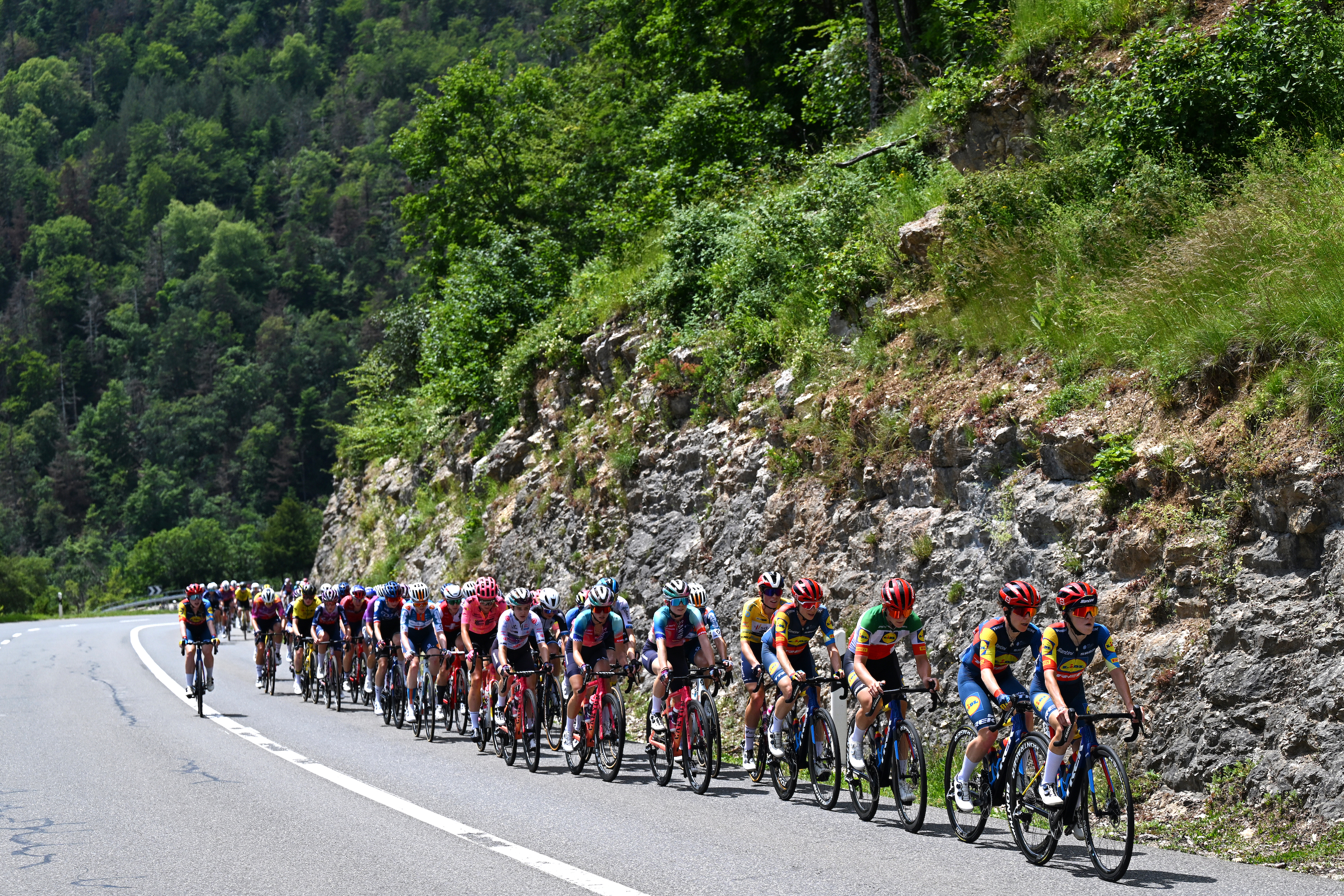'Comprehensive rider tracking' to be introduced at Tour de Suisse to alert officials of crashes
In the wake of the crashes and deaths of Gino Mäder and Muriel Furrer at Swiss races, organisers hope it will mean quicker intervention


All bikes and vehicles are to be equipped with GPS trackers at the men's and women's Tour de Suisse this month, in a bid to improve rider safety.
It comes after two high-profile crashes and deaths at bike races in Switzerland - Gino Mäder at the Tour de Suisse in 2023 and Muriel Furrer during the junior women's road race at the World Championships in Zürich in September last year.
Olivier Senn was deputy manager of the local organising committee of the Zürich Worlds, and is also the director of the Tour de Suisse. The trackers will first be used at the Women's WorldTour race, which begins next Thursday, 12 June, before the men's race begins on Sunday, 15 June.
Swiss newspaper Tages-Anzeiger confirmed the news on Wednesday. The tracking information will be sent to a security centre, which also has access to television pictures and weather. As soon as a tracker stops moving for 30 seconds, speed changes strangely or or the tracker leaves the road, an alarm sounds. While riders have been tracked for timing purposes before, this is a new system.
"We can't completely prevent crashes with these measures, but we are doing everything we can to ensure that the teams have access to all the information and that the consequences are as minimal as possible," Senn said. "We can intervene immediately if necessary."
It is voluntary for teams, but the Tour's organisers hope that it will be used universally. It has reportedly cost CHF50,000 (£44,941 / $60,965).
"Participation is voluntary for the teams, but I hope that every team will take part," Senn said. "Each bike will be fitted with a small tracker that will sound an alarm in the event of certain anomalies, such as if the bike does not move for 30 seconds, leaves the route or abruptly changes speed. In such cases, we are notified immediately and can react.
The latest race content, interviews, features, reviews and expert buying guides, direct to your inbox!
"We will also use trackers in the convoy, as each radio is equipped with a tracker. The information is gathered in the safety command centre where we can monitor the entire situation and intervene immediately if necessary."

Adam is Cycling Weekly’s news editor – his greatest love is road racing but as long as he is cycling, he's happy. Before joining CW in 2021 he spent two years writing for Procycling. He's usually out and about on the roads of Bristol and its surrounds.
Before cycling took over his professional life, he covered ecclesiastical matters at the world’s largest Anglican newspaper and politics at Business Insider. Don't ask how that is related to riding bikes.
You must confirm your public display name before commenting
Please logout and then login again, you will then be prompted to enter your display name.